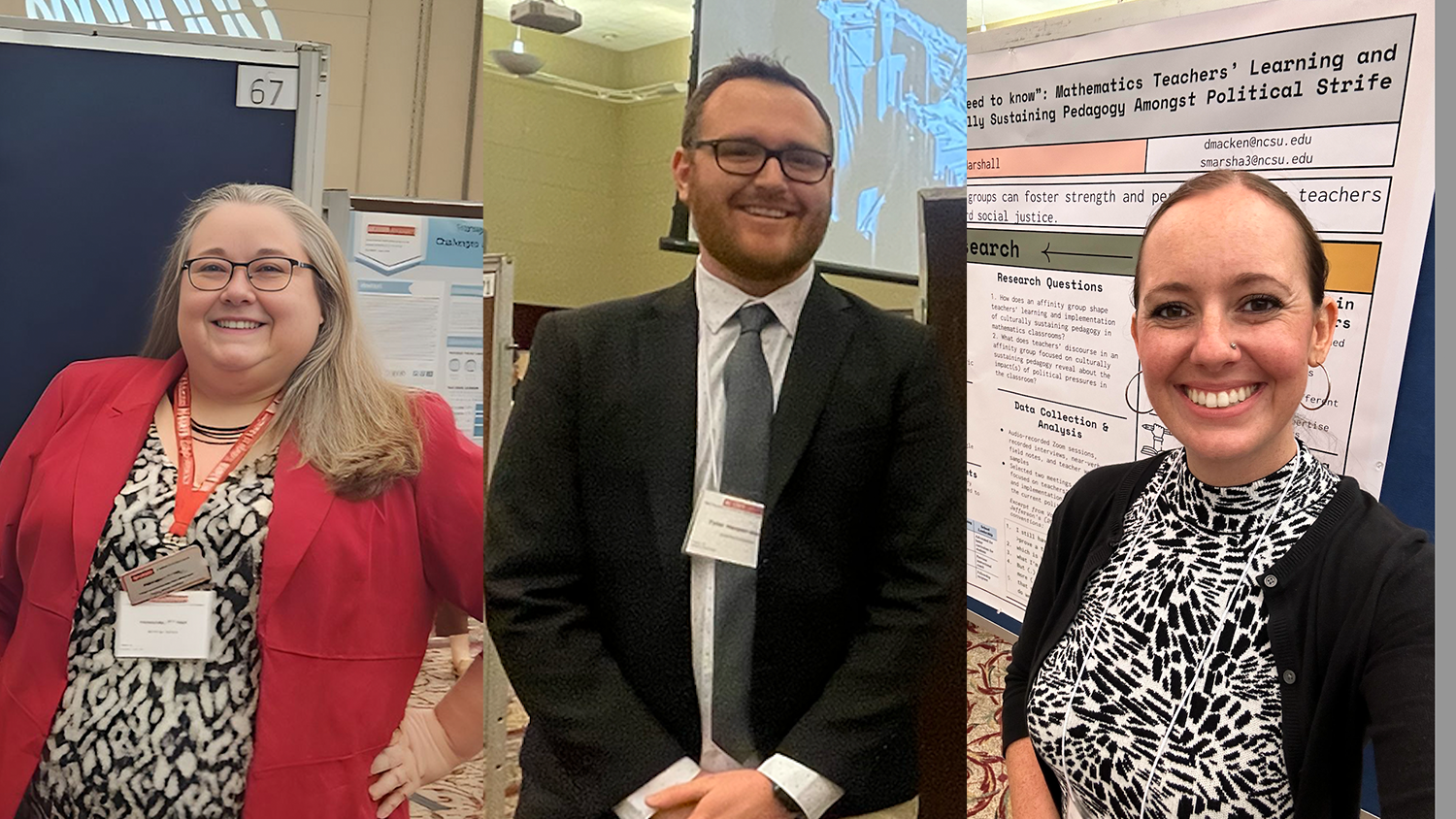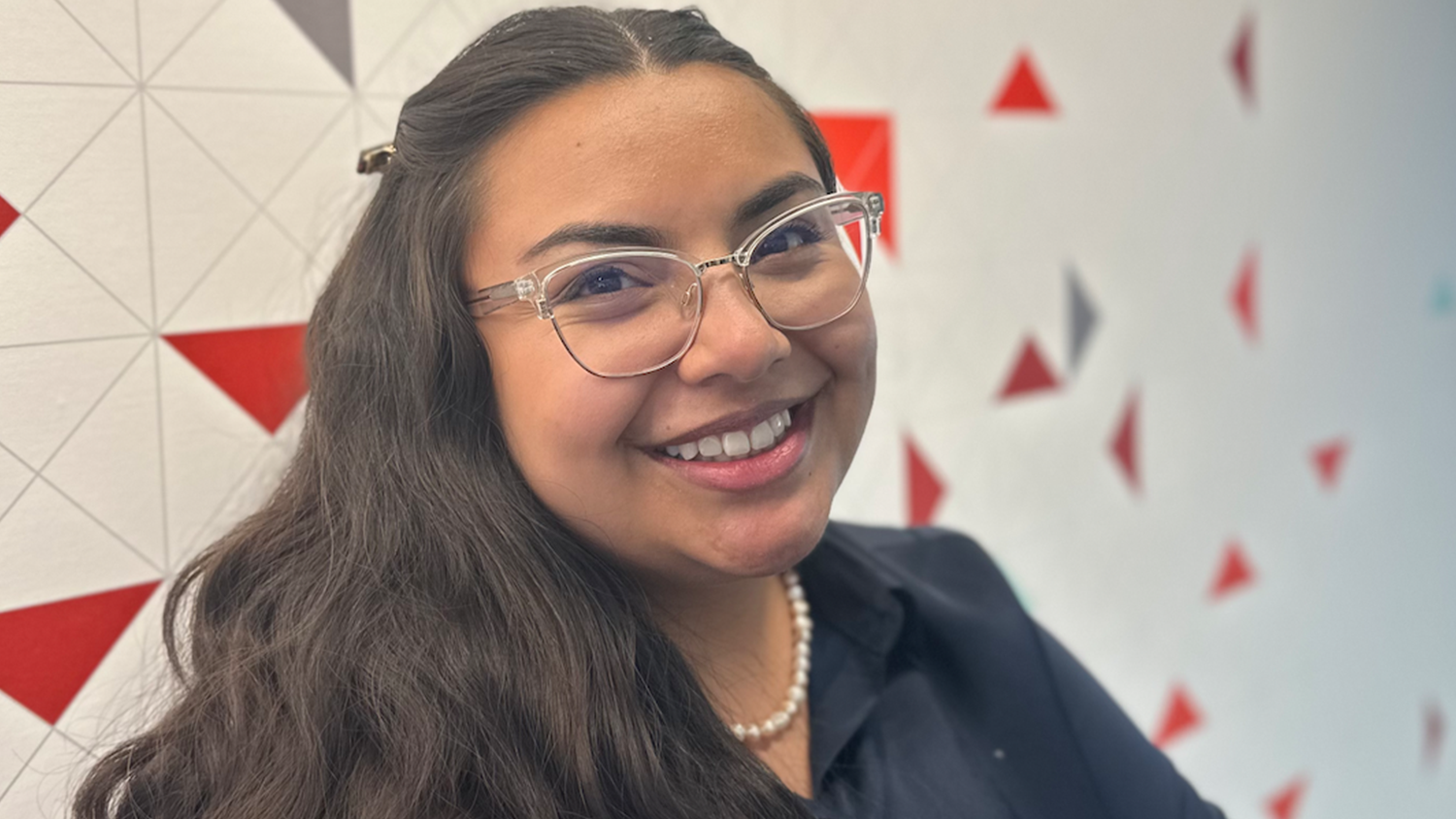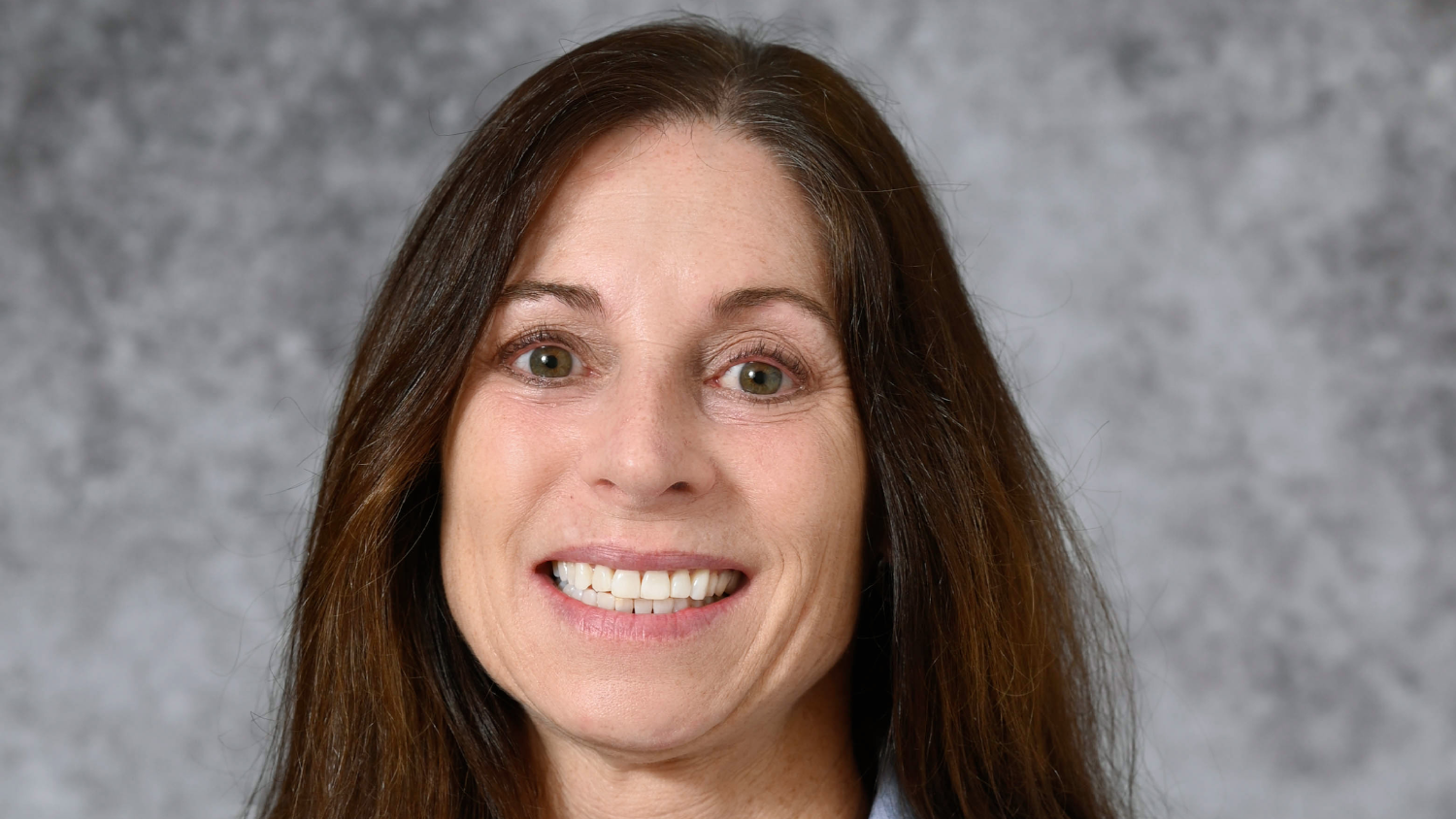Increasing Student Success in a Rapidly Changing Economy

Cultivating faculty leaders to spearhead academic initiatives results in student success. In order to support educational best practices, community college educators gathered at the end of June for the Completion by Design Conference on Teaching and Learning.
Completion by Design is a five-year Bill & Melinda Gates Foundation initiative that works with community colleges to significantly increase completion and graduation rates for low-income students under the age of 26. Three groups of community colleges in Florida, North Carolina and Ohio were awarded competitive grants to help transform their students’ experience. The goal of Completion by Design is to substantially increase completion rates for these students while holding down costs and maintaining access and quality.
It is the first phase of the initiative, a one-year planning period, through which participating community colleges examined their own data to identify loss points, along with design strategies to address them. This conference helped lay the groundwork for initial development.
“The goal of producing success is exactly why you are here today,” said Dean Mary Ann Danowitz. “I deeply believe that community colleges are strategic resources that are critical to North Carolina’s future. They enroll a significant percentage of the state’s undergraduates and are the training ground for developing the majority of North Carolina’s tech-savvy, middle-skilled workers needing specialized technical training.”
In order to further spur the development of successful undergraduates, faculty must invest in their own success as well. Audrey Jaeger, Alumni Distinguished Graduate Professor, led participating community college faculty in a discussion and work session on a key component of faculty success, workload management. Her presentation, “The Faculty Perspective: Learning, Workload and Scholarship,” touched on recognizing and managing workload issues to better support students.
“Faculty need to be better equipped to contribute to the student success conversation,” said Jaeger. “We can’t sit back and let others do things; we need to be evaluating our processes and innovating them to help our students learn better.”
Workload equity is a key component in the constant evaluation necessary to improve faculty learning and success. Once this concept is understood, faculty will start to see their relationship to student learning outcomes in a different way. Many faculty feel a burden of expectations from their colleges and outside stakeholders to take on additional work that often gets in the way of truly engaging with students.
With an uneven workload that takes away valuable time from important teaching and research, faculty are more likely to be stressed, less likely to be satisfied with their job, and maintain a lower organizational commitment that impacts students.
One solution presented to evening out workload issues was changing the view of faculty scholarship. Jaeger noted the importance of scholarship not being in competition with someone’s workload.
“We need to change how we look at scholarship,” she said. “It is not just research, but thinking critically about the things that we do and sharing that information with others. All that you are learning and doing as a faculty member should be contributing to scholarship.”
Creating a culture of scholarship that includes shared knowledge among faculty members equips faculty to balance their workload and better serve students. Discussing best practices and new opportunities for students provides another avenue for increased degree completion, one of the goals of Jaeger’s research and of the Completion by Design initiative.
“When we better understand faculty workload issues, we also better understand how to help students in their academic pursuits,” said Jaeger. “It is important to critically examine organizational practices to produce more positive outcomes for all parties involved in community college education.”
- Categories:


